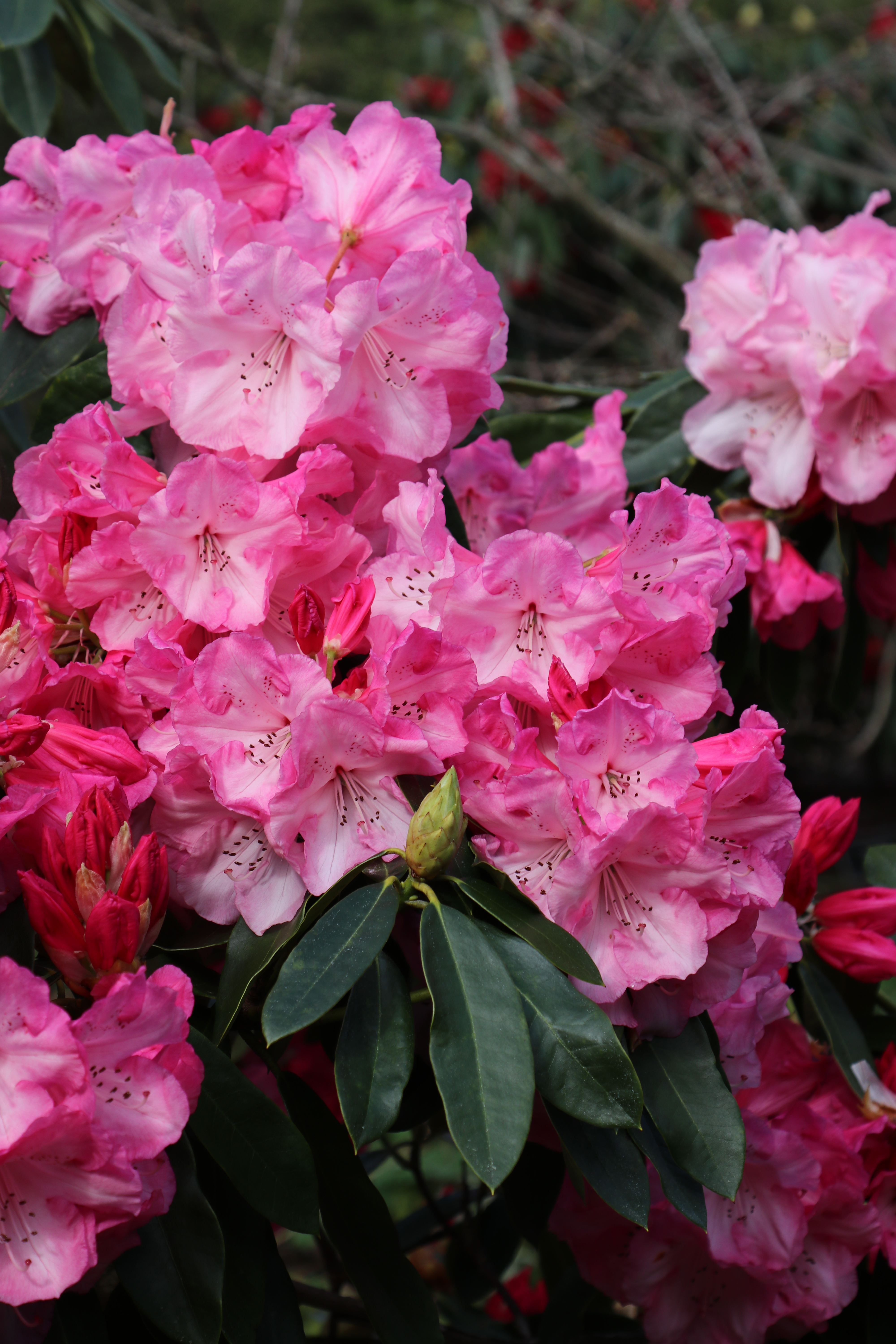Physical characteristics
A rounded,
Flowers and foliage
Leaves are lance-shaped, large, leathery and dark
Preferred site
Performs best in partial shade with rich, moist, acidic but well-drained soil.
Preparation for planting
Always choose healthy, well-grown,
Maintenance tips
Apply an organic mulch
Pests and diseases
Thrips can attack leaves in humid conditions. Late frosts and a lot of rain can ruin flowers as they come out.
Location at Auckland Botanic Gardens
Spring Blossom Valley




.jpg?width=1200&height=1200&v=1d4024dceb89e50)

.jpg?width=1200&height=1200&v=1d5569224d63650)
 .jpg?width=1200&height=1200&v=1d4024df6ce2770)
.jpg?width=1200&height=1200&v=1d55676a892f2b0)
 .jpg?width=1200&height=1200&v=1d4024e3b65f7f0)